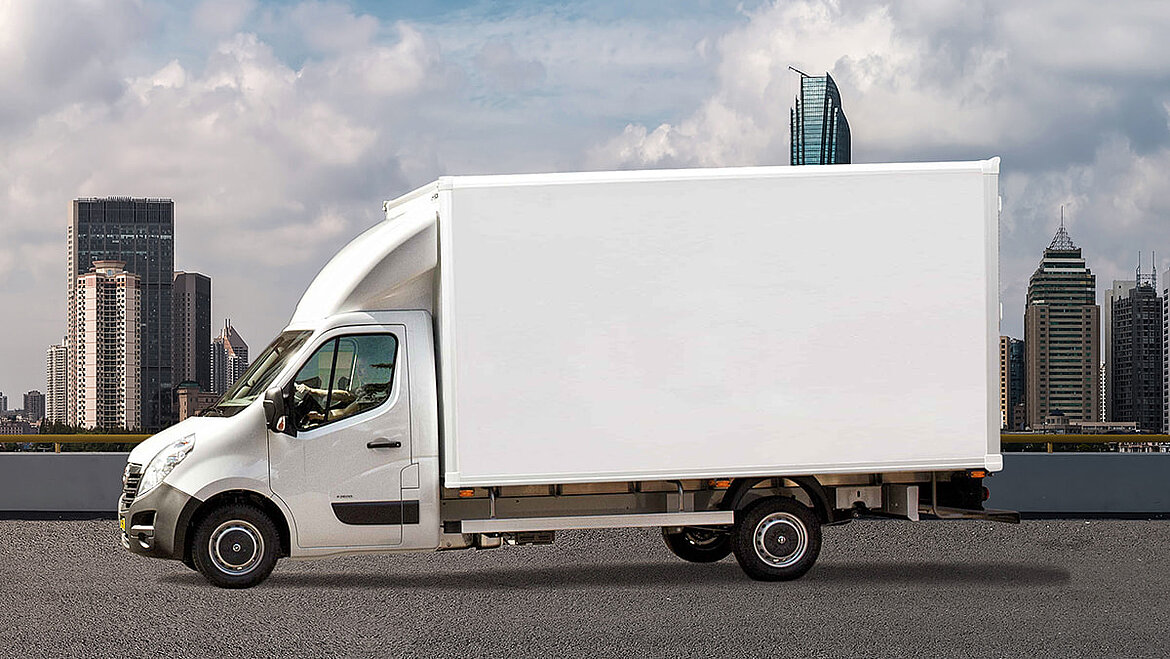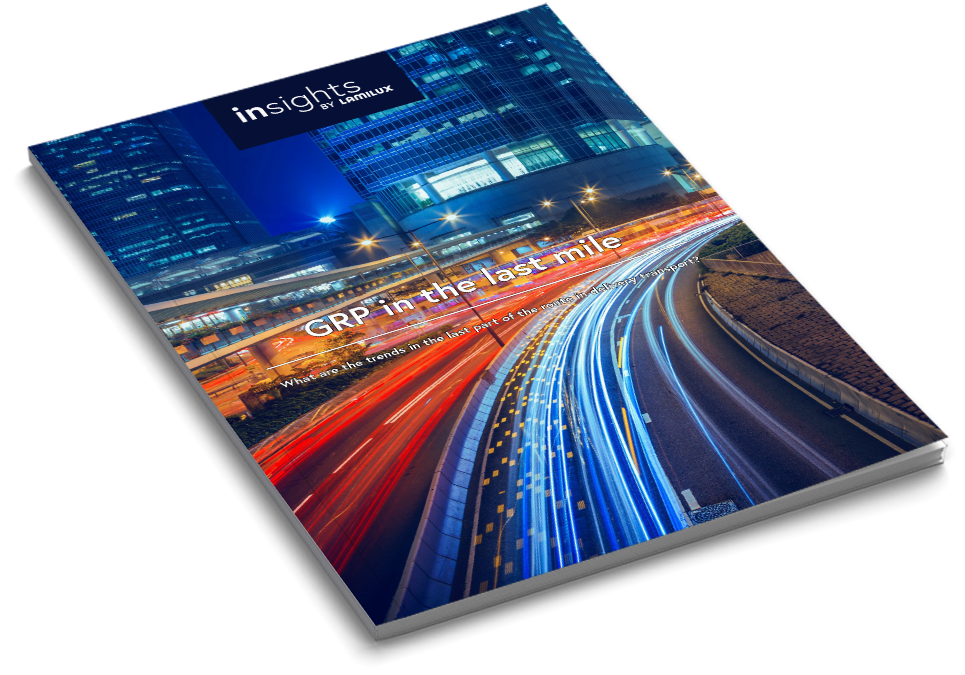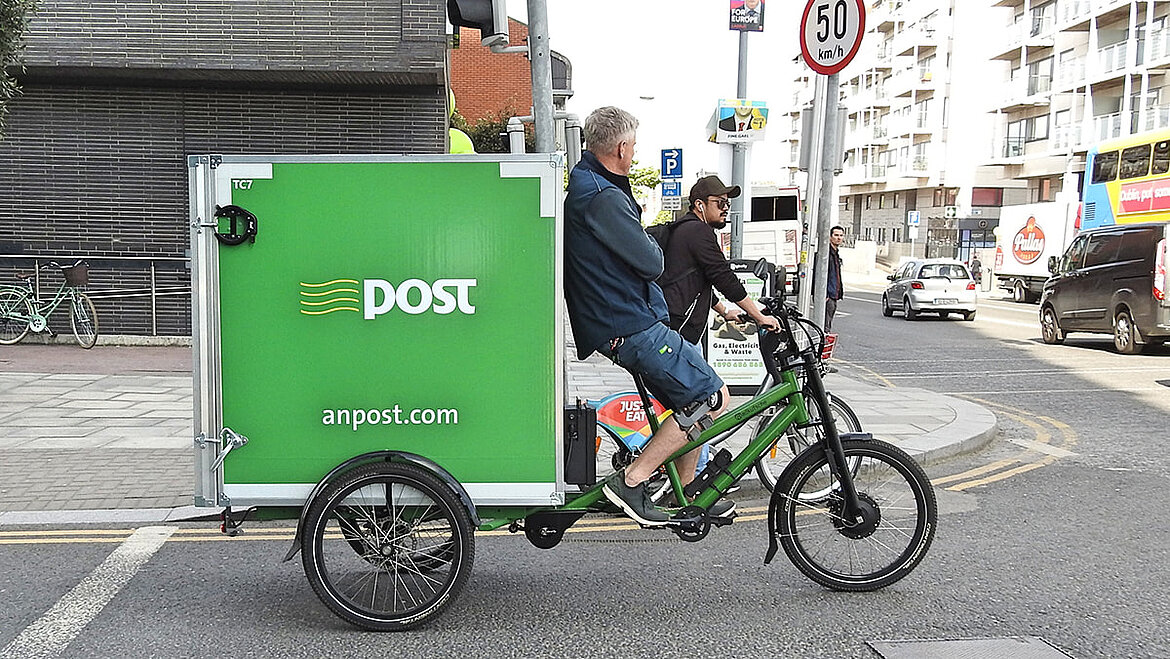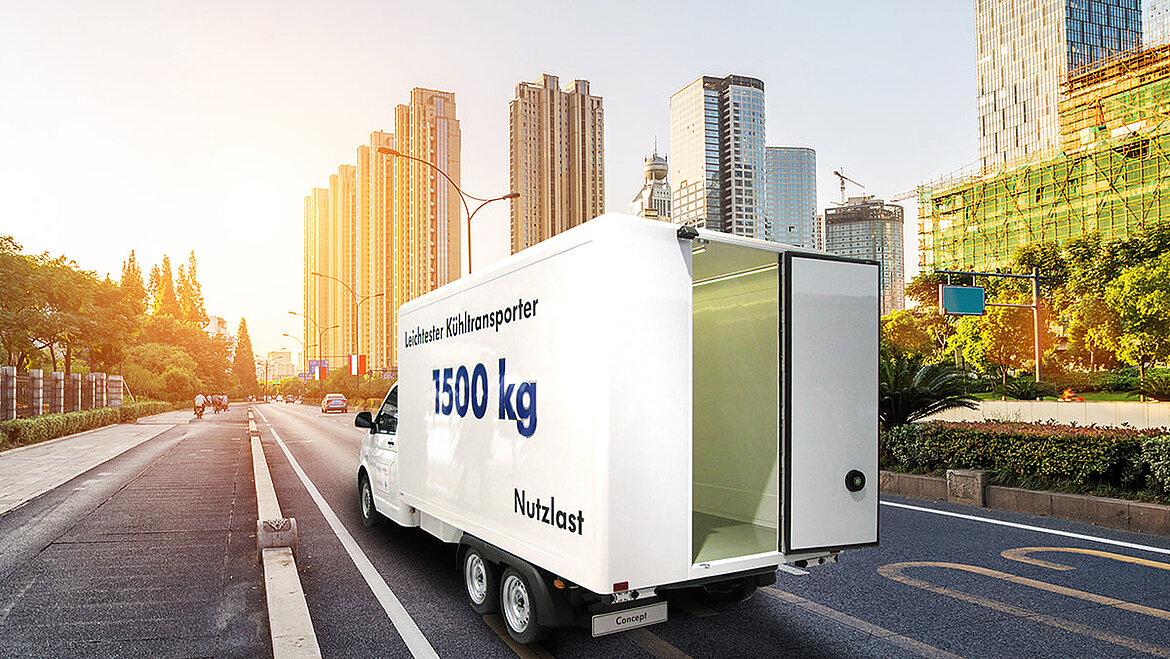GRP for Last Mile Vehicles
Traffic on the last mile of parcels is increasing: this requires the right means of transport. They all have one thing in common: the right materials for the construction of the vehicles make the last mile really efficient. One solution is glass fibre reinforced plastics for the side walls, roofs and floors of last mile vehicles. Download the free white paper and learn more about how GRP makes your Last Mile vehicles more durable and efficient!





